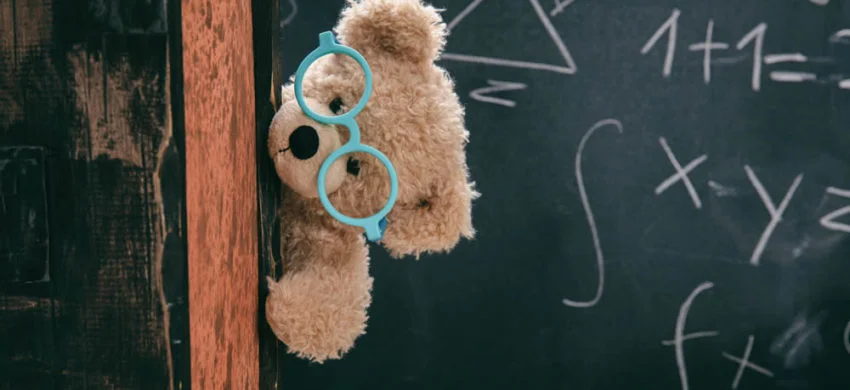
Many people don't realize it, but we all use math in our everyday routines activities, even the youngest children in the youngest years. Most children not only know how to count, but can understand and apply simple addition and subtraction concepts.
For example, children know from a very young age that if they have two cookies and share them with a friend, that you will only have one left to munch on.
How to get started with math at home?
As children enter school and begin their educational journey, they learn more advanced math concepts. However, you can give your child a little head start at home by connecting everyday activities with Mathematical Logic.
- Baking can be educational for your children
Mathematics is always used for baking - since, for example, pancakes and puddings contain ingredients in different quantities. For example, doubling recipes means multiplying the mass of ingredients by two. Halving recipes, on the other hand, requires dividing the mass. You can also feed simple tasks to toddlers while baking.
- Use construction toys
Legos, wooden blocks and other toys are ideal for teaching children a variety of math skills and concepts. These include counting, addition, multiplication and measurement.
When your little ones build something out of empty cereal boxes and milk bottles, they also learn more about shapes and manipulation. Nesting boxes and cups also allow younger children to understand the relationship between objects of different sizes.
Whatever toys or items you have at home, spend a few minutes a day with your children to build something. This way you can also help them learn different math skills through a simple, fun activity.
- Play with shapes
If you have shape sorting toys at home, make it a habit to play with your children, especially the younger ones. As they play, count the sides of each shape. Encourage them to remember the names of each shape as well. This is a great way to introduce basic geometry to them.
- Use of stopwatches during games or other activities
Most children at a young age have great interest in stopwatches, timers or hourglasses. If your children are fascinated by these items, use this opportunity to improve their counting skills.
For example, you can use stopwatches to teach your children the numbers or trace the numbers on the clock. This will also help children develop a sense of time at the same time. In addition, they will also understand that some things take longer than others.
- Create a piggy bank for your children
A piggy bank can be another great way to teach counting, addition and subtraction. This can be so easy with small change. Count together with how many coins are in the piggy bank and explain to your child how much, if any, they still need to buy something or what can be bought in the value of what they have saved.
If you feel that your child needs additional math tut oring or primary school tutoring, we are happy to help you with our math tutoring in Aarau, math tutoring in Basel, math tutoring in Bern and math tutoring in Solothurn. A tutor can be a fantastic option to give your child the extra support, security, motivation and learning techniques.

